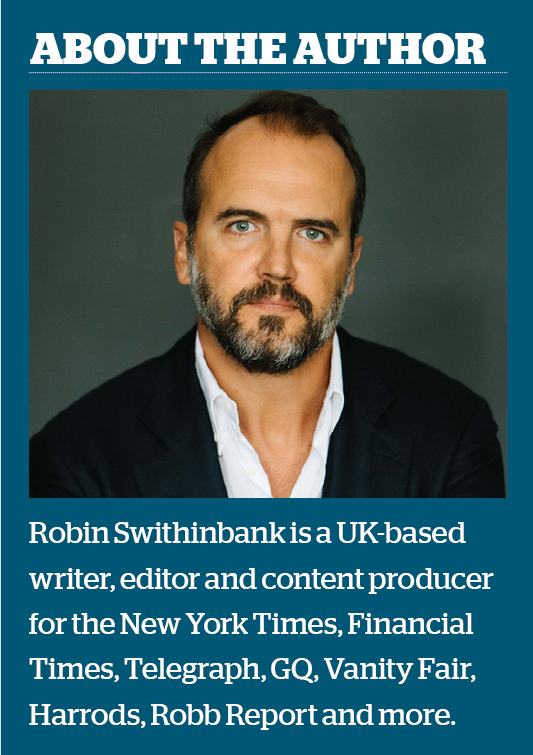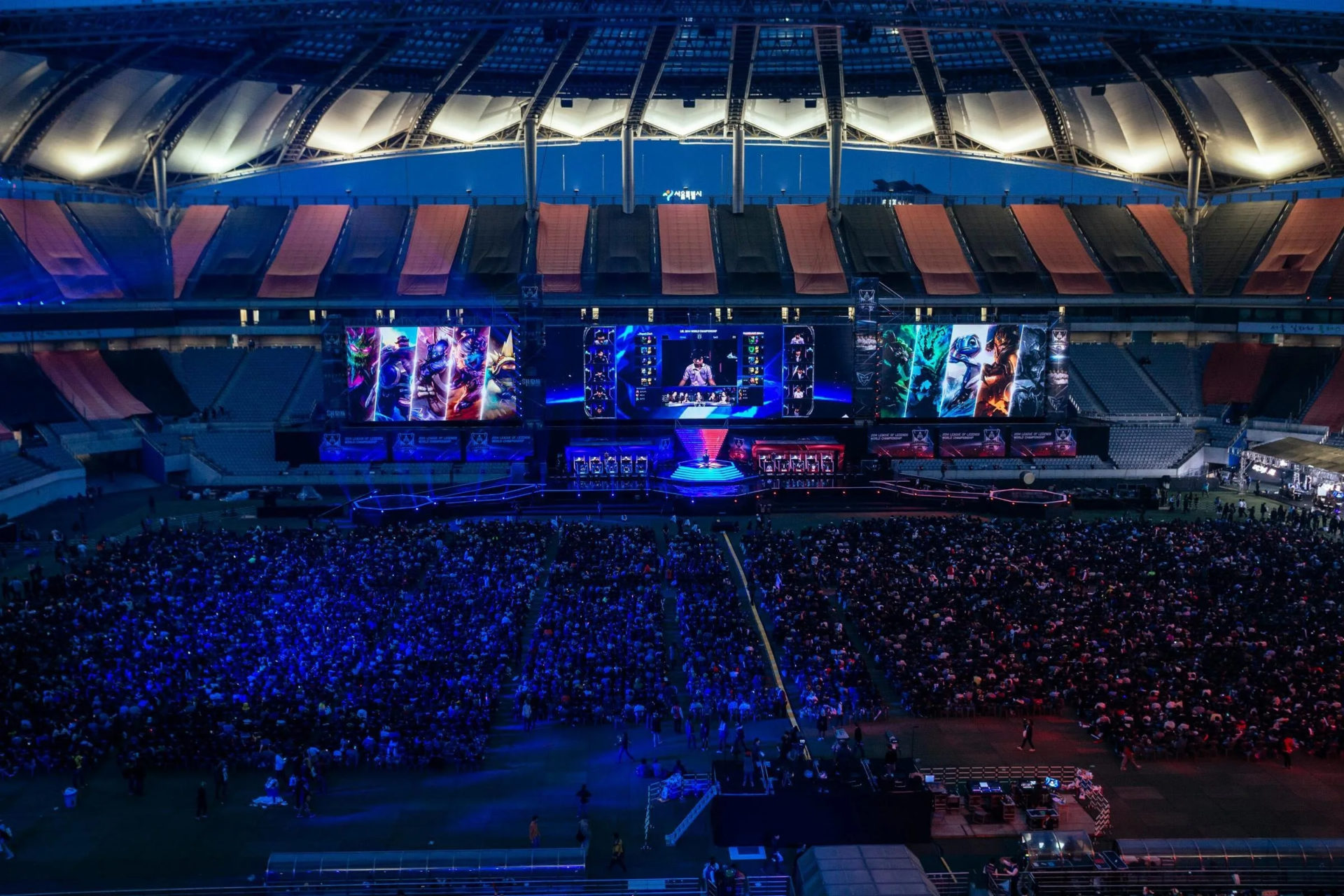A few months ago, I tuned into something called the Journée Internationale du Marketing Horloger, a series of watch industry marketing webinars devoted to what organisers called ‘Young… Perspectives’. Inevitably, conversation centred on digital platforms; everything from Instagram and TikTok to Clubhouse and Netflix. But one presentation really grabbed me by the algorithms.
This was a session on eSports, which, for the similarly uninitiated, is essentially competitive video gaming. Talk was of the sector’s exponential growth and how luxury brands might take advantage of it.
That there is such a thing as competitive gaming did not come as a surprise. What rumbled me was the suggestion that luxury watch brands might just be on the cusp of making vast sums of money from it – without even making a watch.
Google eSports, and images will come up of nerdy, headset-wearing teenagers with a palpable aversion to daylight. Everything in this world is black and synthetic: the computers, the gaming chairs, the décor, the participants’ loose-fitting t-shirts.
These events, attended by tens if not hundreds of thousands either virtually or in the flesh (pre-pandemic), have all the aesthetic merit of Bill Gates’ broom cupboard.
What exactly, screamed the voice in my head, has this got to do with luxury watchmaking?
The answer, in short, is reach. Lots and lots of reach.
Fortnite, FIFA and Call of Duty
According to Charlie Allen, founder of the eSports agency Roadhouse and speaker on the day, the global eSports audience is exploding. In 2018, he said, 396 million people were tuning in to watch competitive gamers playing Fortnite, FIFA and Call of Duty. Last year, that figure had risen to 494 million. If it’s not mainstream yet, it’s not far off.
It’s not just about size, of course. It’s also about age. This is where Gen Y, the so-called Millennials, and now Gen Z are hanging out. And the Alphas are right behind. The average age of an eSports consumer is 27, said Allen.
Some 81 per cent of them are in the 18 to 34 age bracket, and half 18 to 24. Compare that to the Premier League, he said, with an average viewer age of 43 and the PGA Tour of a distinctly greying 64, and you start to understand why eSports might have some long-term value to brands.
The clincher though? More than half of these pasty-faced youths fall into the high income bracket, compared to 37 per cent of what Allen called the online population.
So eSports, went the argument, is a land of milk and honey. If you want to talk to the younger generation and, by implication, secure the future of your business, this is where you need to be.
But how? Potential activations are numerous. A starter for 10 would be to serve as official timekeeper to an eSports event, just as Rolex, Omega, Hublot and many others do in the real world, if we can still call it that.
Other in-event branded moments could include performance measurements, heart-rate monitors, motion sensors and more.
Gamification
Beyond, brands can insert themselves into the games – and become part of the story, at which point we start thinking about gamification, too, an older, different and non-competitive concept, but one luxury watch brands are also only just warming to.
Here, a character could wear a watch that doubles, Bond-style, as a vital tool in combatting an enemy. Virtual watches could be prizes unlocked with achievements, or they could be “Easter eggs”, a well-known concept in gaming whereby gamers find hidden bonuses. And because gaming is virtual, streamed and live, these can be added or removed almost seamlessly. It seems so easy. So obvious, even.
If the opportunity for eSports and gamification seems enormous, Switzerland’s reaction to it so far appears limp. The industry is not prone to rapid movements, as is well known, but some brands are beginning to adopt eSports and gaming strategies.
TAG Heuer, a brand primed for activities in this space, is suddenly leading the charge. This month, it introduced a version of its Connected watch created in partnership with Nintendo’s Super Mario franchise, one of the most powerful global brands in gaming.
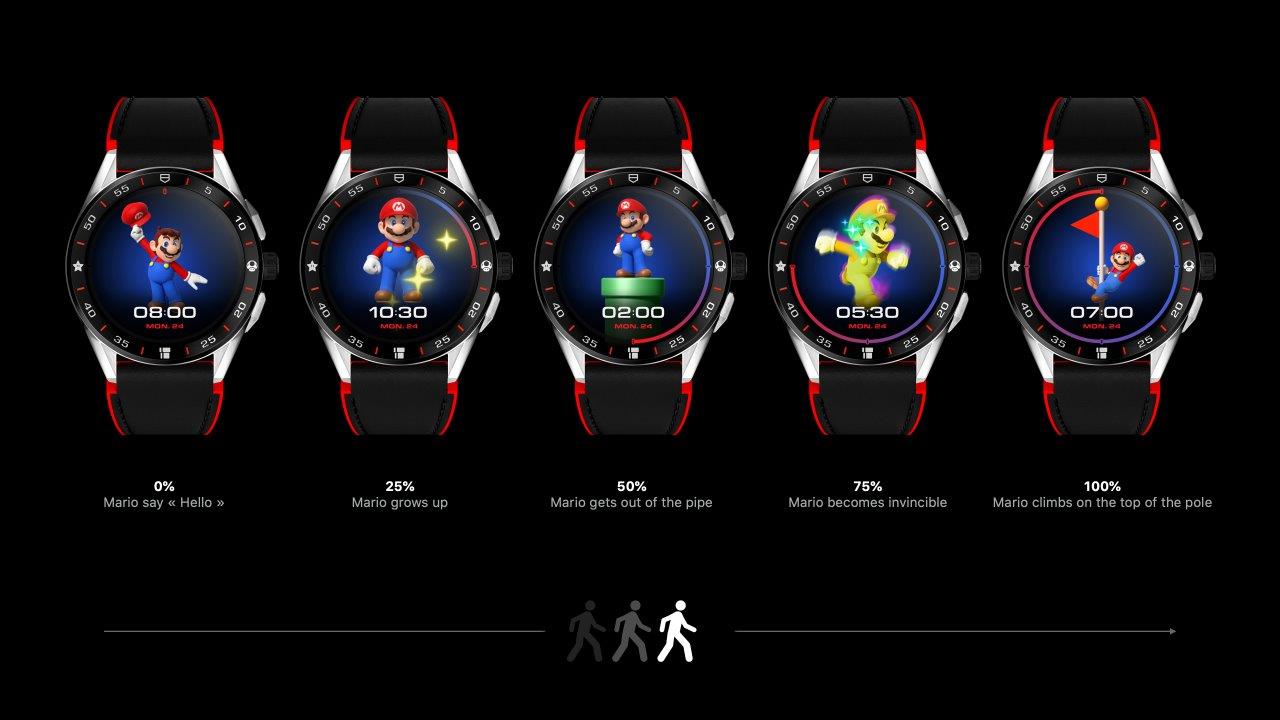
Through its partnership with Porsche, it’s also sponsoring the Porsche TAG Heuer Esports Supercup. The series pits 40 “of the world’s top iRacers” against one another on virtual versions of iconic race tracks such as Interlagos, Imola and Le Mans, has 180,000 subscribers on YouTube and offers a prize pool of $200,000. Small fry by conventional racing standards, but it’s growing.
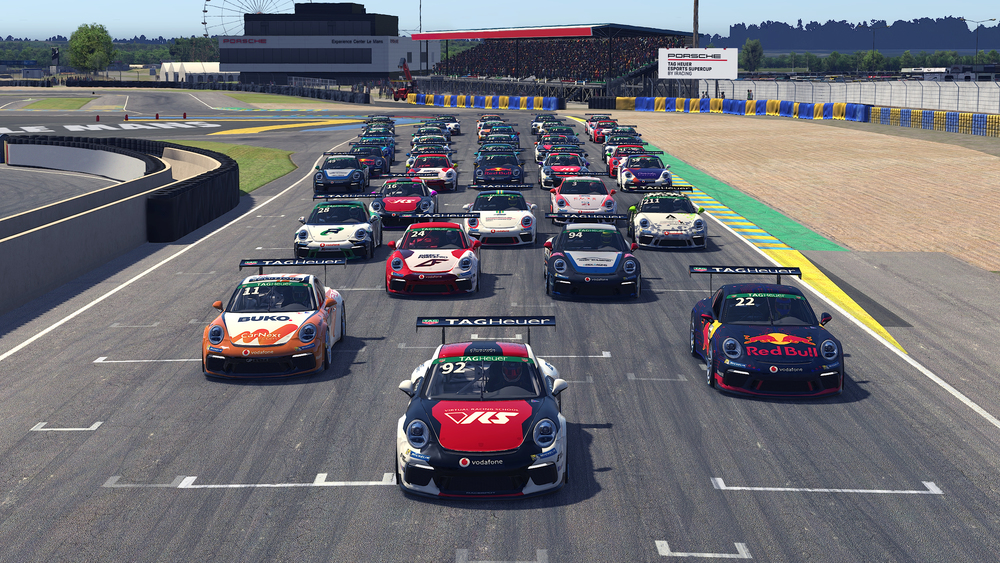
Last month Hamilton announced its involvement in the first-person shooter Far Cry 6, due out in October, together with the explanation that in-game, players will receive a Hamilton Khaki Field Titanium as a gift for completing a dangerous guerrilla mission.
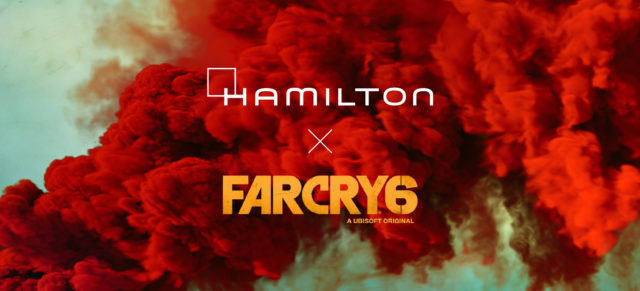
While it may be incomprehensible to older generations that such an intangible reward could have any value, the Swatch Group brand will be banking on it being marketing gold dust – to date, the Far Cry series is believed to have sold more than 50 million copies.
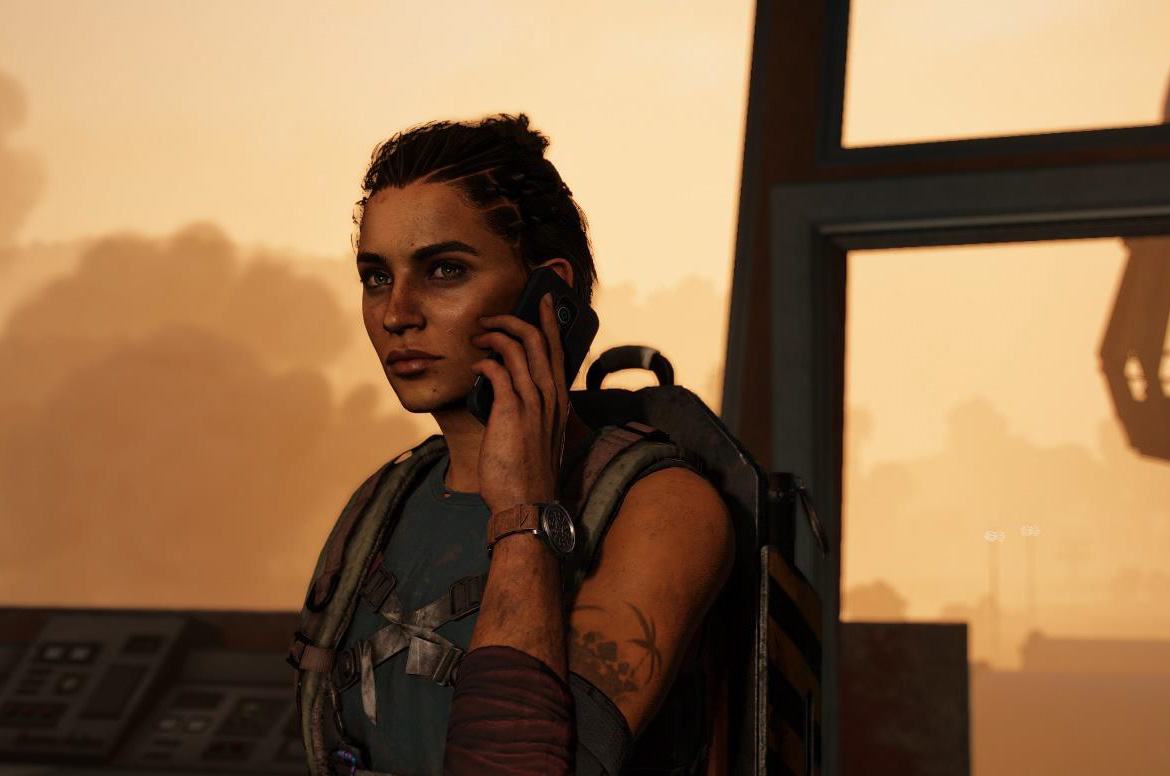
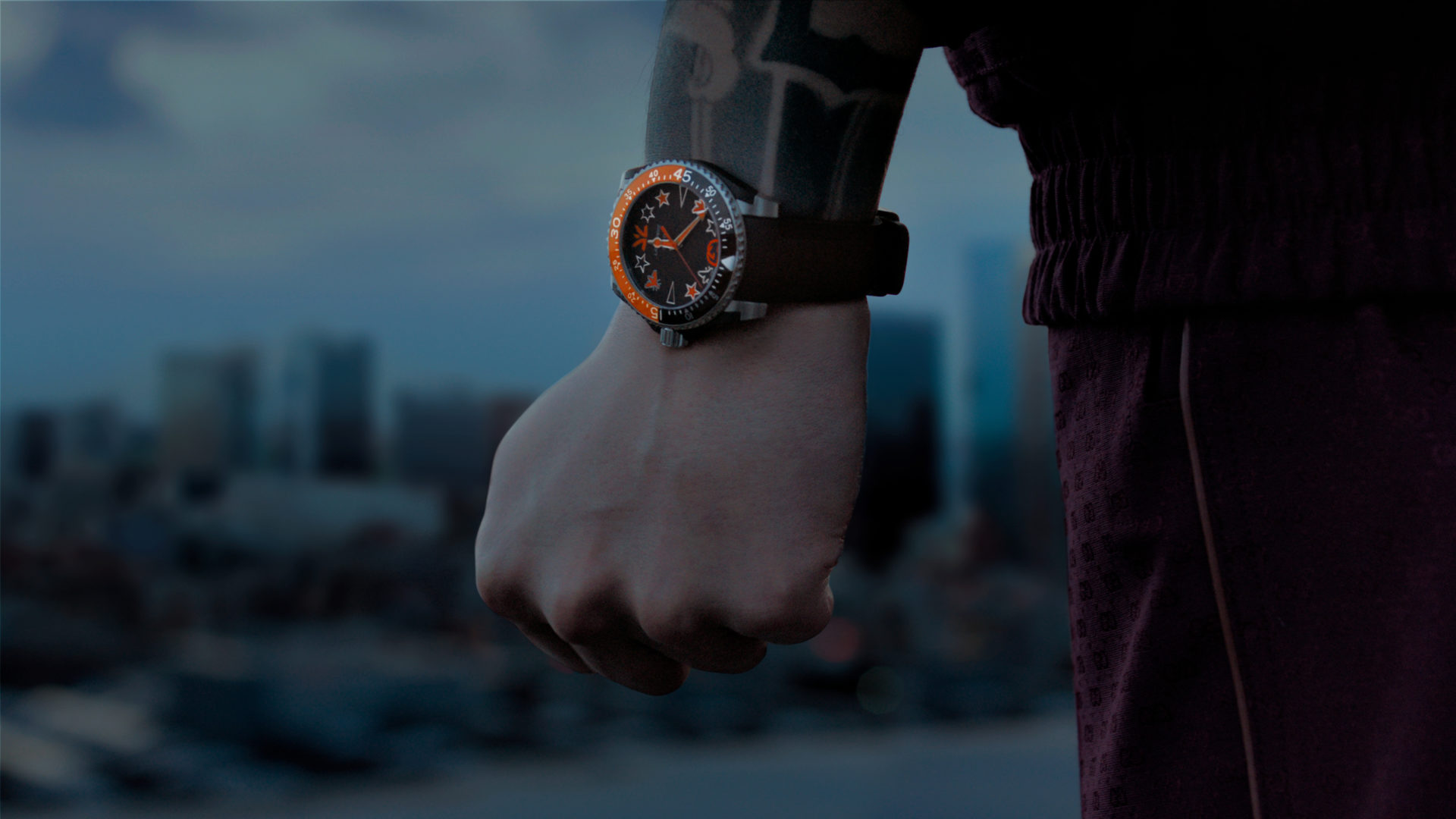
Behind closed doors, there’s talk of more to come. At the time of writing, I’m beholden to embargoes that I’ll choose to respect, but later next year, one brand is saying privately that it has plans to introduce a watch lottery-style scheme into one of the world’s best-selling video games that it expects will not only send its brand awareness and desirability sky-high, but that will also drive revenues that could be worth as much as half its core business of making and selling watches.
By that estimation, entry into the category could completely change a brand’s fortunes, before it’s even made a watch. eSports and gaming are the new frontier for luxury watch brands, where the pioneers will find direct access to a powerful generation of consumers and big bucks. But will they go for it?
No one will be expecting a Playstation-launch-day-style queue around the block, but watch brands would be short-sighted not to engage. Fashion brands are already at it – Valentino, Marc Jacobs and Anna Sui all released in-game looks into the hugely successful Animal Crossing last year. Louis Vuitton has partnered with battle arena game League of Legends. Puma has a whole division devoted to ‘Esports and Marketing Innovation’.
They know this is where the world’s eyeballs – and its wallets – are going. The numbers don’t lie. In its latest Global Games Market Report, Newzoo estimated the global games market generated $177.8 billion in 2020, up 23.1 per cent year-on-year (and more than three times the luxury watch industry). While that figure may slow this year as the world comes out of lock down, it’s still estimated that by year end, there will be 2.9 billion players worldwide, and climbing.
That this audience is young, wealthy, engaged and captive is clear – but is it a luxury audience? Some brands answering that question ‘no’, may find it’s game over. But answer it ‘yes’, and all their Easters may come at once.
